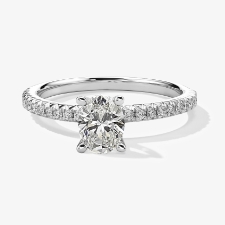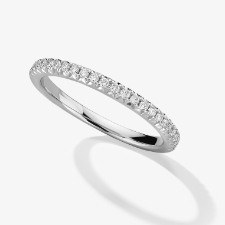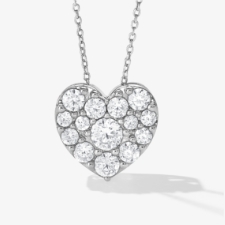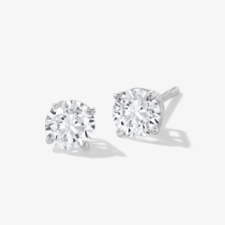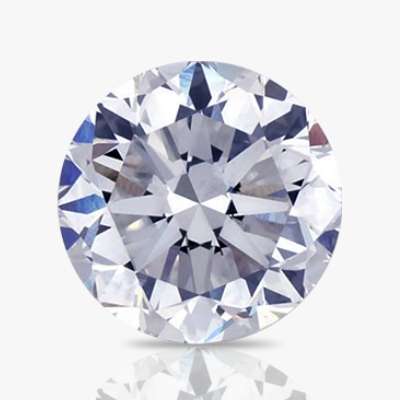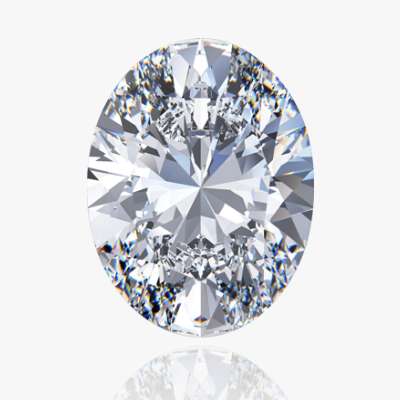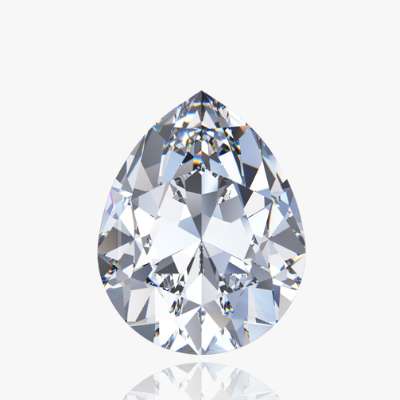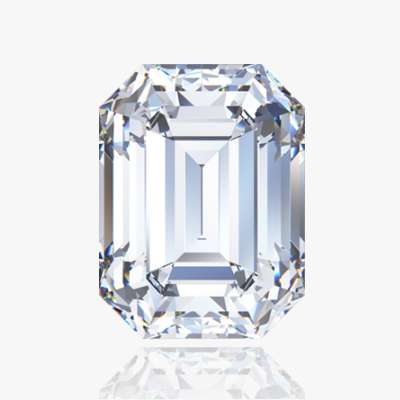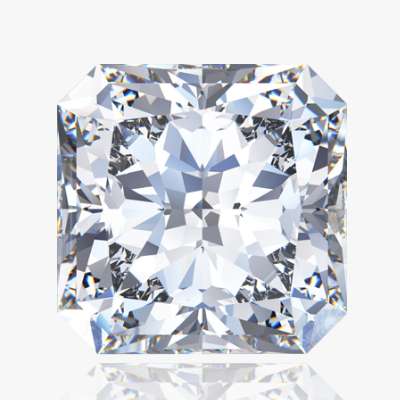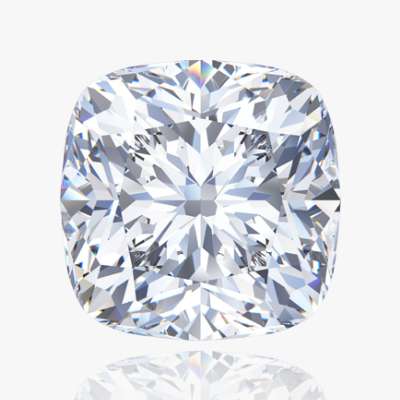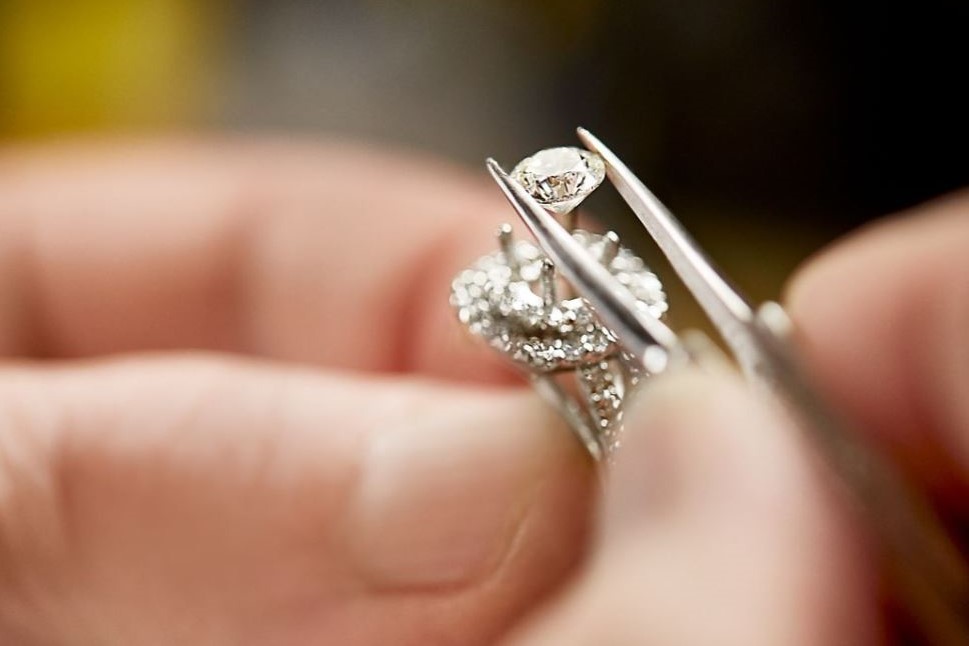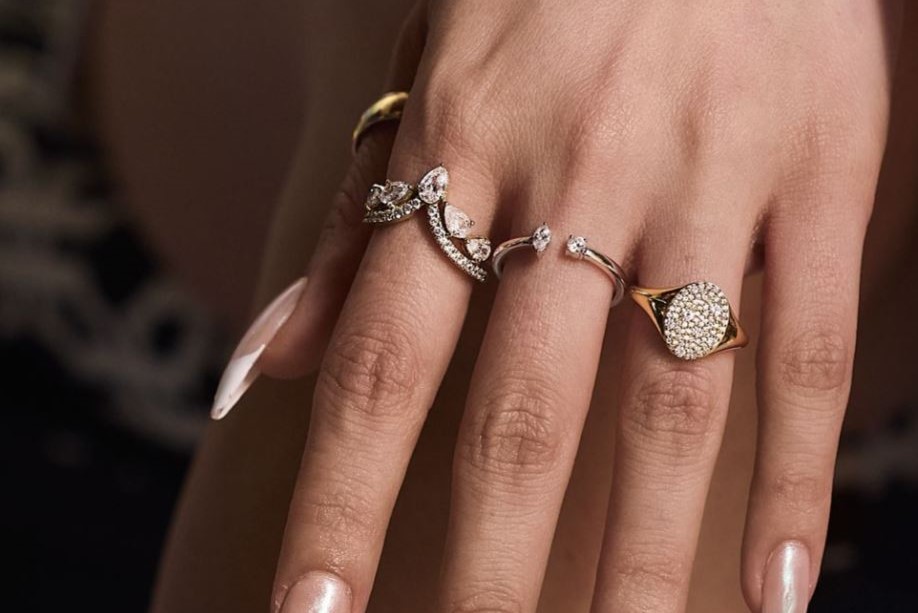Lab-Grown Diamonds | Kay
About Lab-Grown Diamonds
Lab-created diamonds have the same optical, chemical and physical properties as natural diamonds. However, because lab-created diamonds can be produced in abundance, they are less expensive and make larger size diamonds more affordable.
Shop Lab-Grown Diamonds by Category
Lab-Grown Diamonds at KAY
Shop Lab-Grown Diamond Rings by Shape
The 4Cs of a Diamond
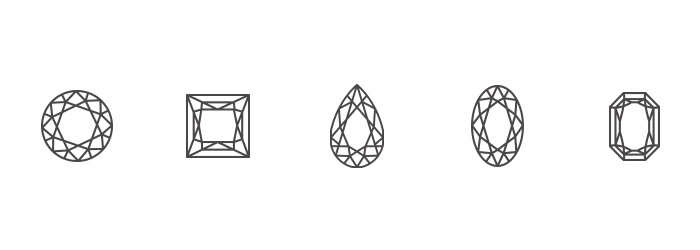
Cut
Cut refers to how a diamond is shaped and faceted, impacting its brilliance and sparkle.
Color
Color measures the absence of color in a diamond, with less color being more valuable.
Clarity
Clarity assesses the presence of internal or external imperfections, with fewer flaws resulting in a higher value.
Carat
Carat is the unit of weight used to measure the size of a diamond, with larger stones typically being more valuable.
More Diamond Education
Lab-Grown vs. Natural Diamonds
Learn about the differences between natural and lab-grown diamonds.Ring Size Guide
A step-by-step guide to find the perfect fit for your engagement, wedding, or fashion ring.
KAY At Your Service

Connect With an Expert
With over 100 years of industry leading expertise, we're here to help.
Protect Your Purchase
Backed by our protection plans, you can be confident in your purchase.


